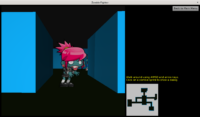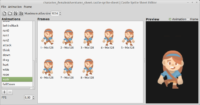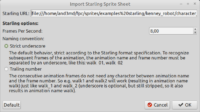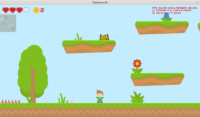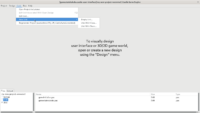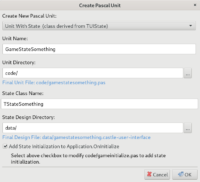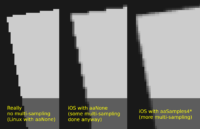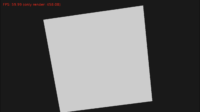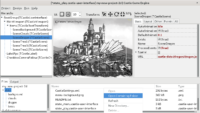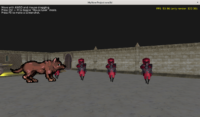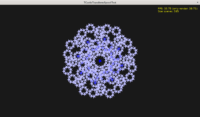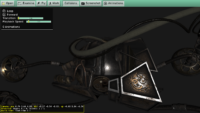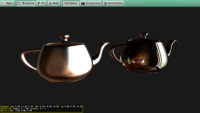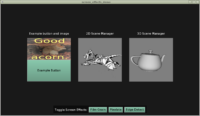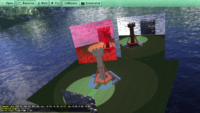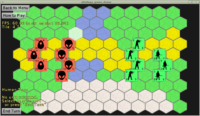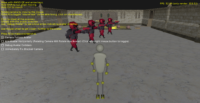 |
We improve the process of automatic texture downscaling. The automatic downscaling is determined by data/material_properties.xml file and documented here. The new features are:
- Ability to specify any set of scales, not necessarily a continuous range.
-
Ability to specify that some scale values are packaged only for particular platforms. E.g. scale 3 (which means that each size is downscaled 1/4) may only be packaged for Android and iOS, and not for desktops. This is useful, as mobile platforms often have GPUs with more limited memory, so textures often have to be provided there with lower resolution.
New features are documented on manual page about “Auto-generated compressed and scaled textures”.
Thanks go to Eugene Loza for doing this! This is another feature pushed by upcoming The Unholy Society release on mobile 🙂

